Select an Orthopaedic Specialty and Learn More
Use our specialty filter and search function to find information about specific orthopaedic conditions, treatments, anatomy, and more, quickly and easily.
GET THE HURT! APP FOR FREE INJURY ADVICE IN MINUTES
Shoreline Orthopaedics and the HURT! app have partnered to give you virtual access to a network of orthopaedic specialists, ready to offer guidance for injuries and ongoing bone or joint problems, 24/7/365.
Browse Specialties
-
- Fractures, Sprains & Strains
- Hand & Wrist
Hand Fracture
A fracture of the hand can occur in either the small bones of the fingers (phalanges) or in the long bones (metacarpals). Symptoms of a broken bone in the hand include: pain; swelling; tenderness; an appearance of deformity; inability to move a finger; shortened finger; a finger crossing over its neighbor when you make a fist; or a depressed knuckle, which is often seen in a “boxer’s fracture.”
More Info -
- Neck and Back (Spine)
- Pediatric Injuries
- Physical Medicine & Rehabilitation (PM&R)
Kyphosis (Roundback) of the Spine
The term kyphosis is used to describe the spinal curve that results in an abnormally rounded back. Although some degree of rounded curvature of the spine is normal, a kyphotic curve that is more than 50° is considered abnormal. There are several types and causes of kyphosis: postural kyphosis, Scheuermann’s kyphosis, and congenital kyphosis.
More Info -
- Neck and Back (Spine)
- Pediatric Injuries
- Physical Medicine & Rehabilitation (PM&R)
Scoliosis
Scoliosis is a common condition of the spine that affects many children and adolescents. Unlike a normal spine that runs straight down the middle of the back, a spine with scoliosis forms a sideways curve that may look like a letter “C” or “S.” Scoliosis can cause the spine to rotate or turn, resulting in a shoulder, shoulder blade (scapula), or hip that appears higher than the other.
More Info -
- Joint Disorders
- Minimally Invasive Surgery (Arthroscopy)
- Shoulder
Shoulder Arthroscopy
Shoulder arthroscopy may relieve the painful symptoms of many problems that damage the rotator cuff tendons, labrum, articular cartilage, or other soft tissues surrounding the joint. This damage may be the result of an injury, overuse, or age-related wear and tear.
More Info

